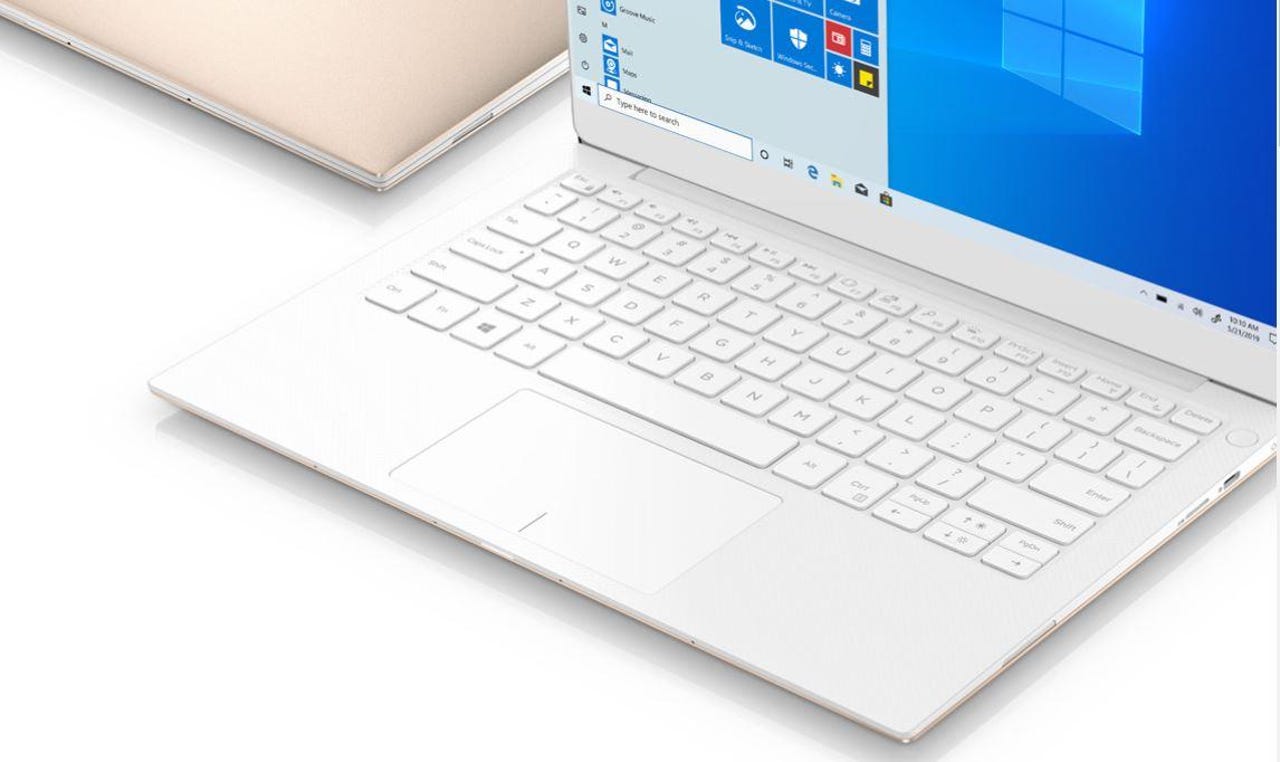Microsoft starts testing Windows 10 19H2 in the Slow Ring


Windows 10
In April this year, Microsoft officials made the unprecedented move of skipping over a Windows 10 feature during testing. It jumped from testing 19H1 (the May 2019 update) to testing its 20H1 build without first testing 19H2. Since then, Microsoft hasn't said almost anything about 19H2, other than at one point saying more information about it would be made available in the spring.
On July 1, Microsoft broke radio silence about 19H2, the feature release that it is expected to start rolling out to mainstream users this fall. Microsoft rolled out Build 18362.10000, the first 19H2 build, to the Slow Ring today. Microsoft acknowledged what tipsters have told us for a while: 19H2 is a cumulative update to the May 2019 Update/1903.
Microsoft's blog post says: "19H2 will be delivered to Insiders in the Slow ring via servicing as a Cumulative Update and not full build updates." Also as sources have said, new features will be turned off by default. Those not on 1903 who want to get Windows 10 19H2 (1909) when it is released will be able to install it like a regular feature update using the usual tools without having to install 1903 first.
When Microsoft started testing 20H1 with Skip Ahead and then the Fast Ring, officials declined to say much about why, other than to claim some mystery features needed a longer testing lead time. As I have blogged previously, I heard a couple of different explanations about why Microsoft jumped to 20H1 without first testing 19H2. I had heard the change in testing patterns might have been due to a need to align Azure and Windows engineering schedules.
I also heard that Microsoft might be moving to a model where its H2 Windows 10 feature releases would be more like Cumulative Updates with relatively few new features added. New features which might be limited to a handful backported from the H1 releases like 20H1 might even be turned off by default, tipsters had told me. Looks like those darn tipsters knew what they were talking about.
I'm expecting this release will make many IT/enterprise shops very happy. The H2 releases are supported for 30 months -- for Enterprise and Education customers. The H2 releases are their go-to's. And if Microsoft continues with this kind of major H1/minor H2 update pattern, it will likely encourage more Windows 7 holdouts to go to Windows 10. H2 releases just might become "feature packs" -- using the old Microsoft lingo -- for the H1 builds, though no one from Microsoft will officially say this (of course).
I've asked Microsoft if testers in the Fast Ring will ever get to test 19H2. I also asked if this is the "new normal," meaning whether H2 releases going forward will be Cumulative Updates with new features turned off by default. No word back yet.
Update (July 2): Here's how Microsoft responded to my questions.
Regarding whether 19H2 will only be tested by Slow Ring and Release Preview ring testers, I got a non-answer. A spokesperson would only say: "19H2 was introduced to Windows Insiders on the Slow ring today."
Regarding whether this is the new normal and how Microsoft will treat H2 Windows 10 releases going forward, a spokesperson sent the following statement:
"Given the scope of the 19H2 release, we're taking the opportunity to try something new to continue to improve the Windows 10 update experience. This may provide us future flexibility to offer a balanced range of Windows 10 feature update delivery methods including OS swaps as well as servicing technology (like the monthly update process)."
I think that means yes, but it's a bit hard to say that definitively.